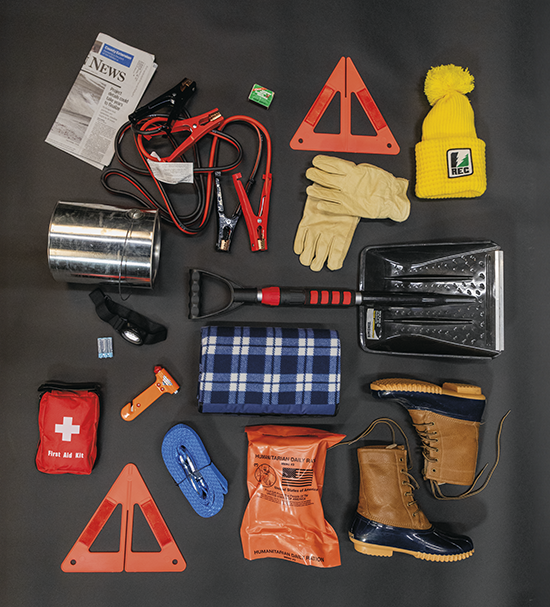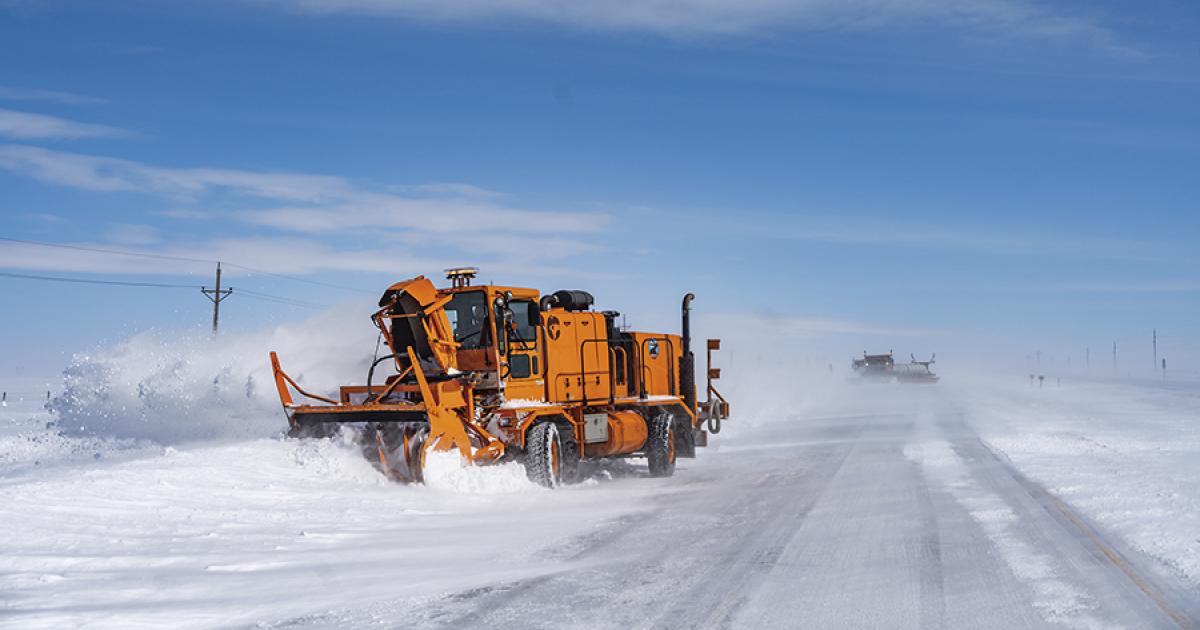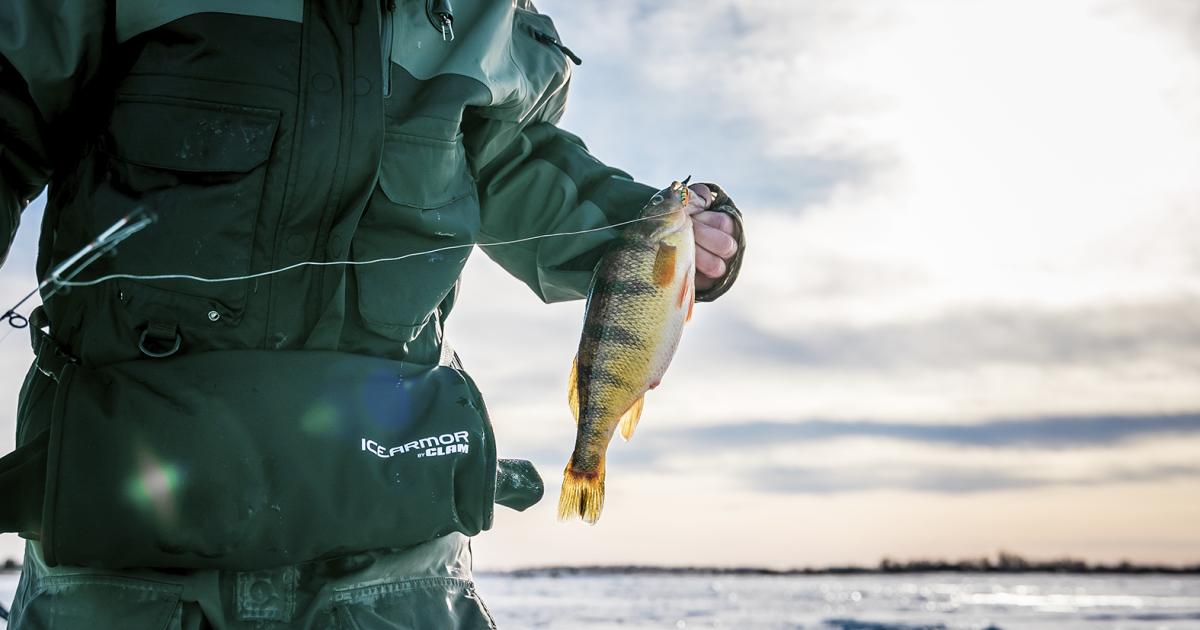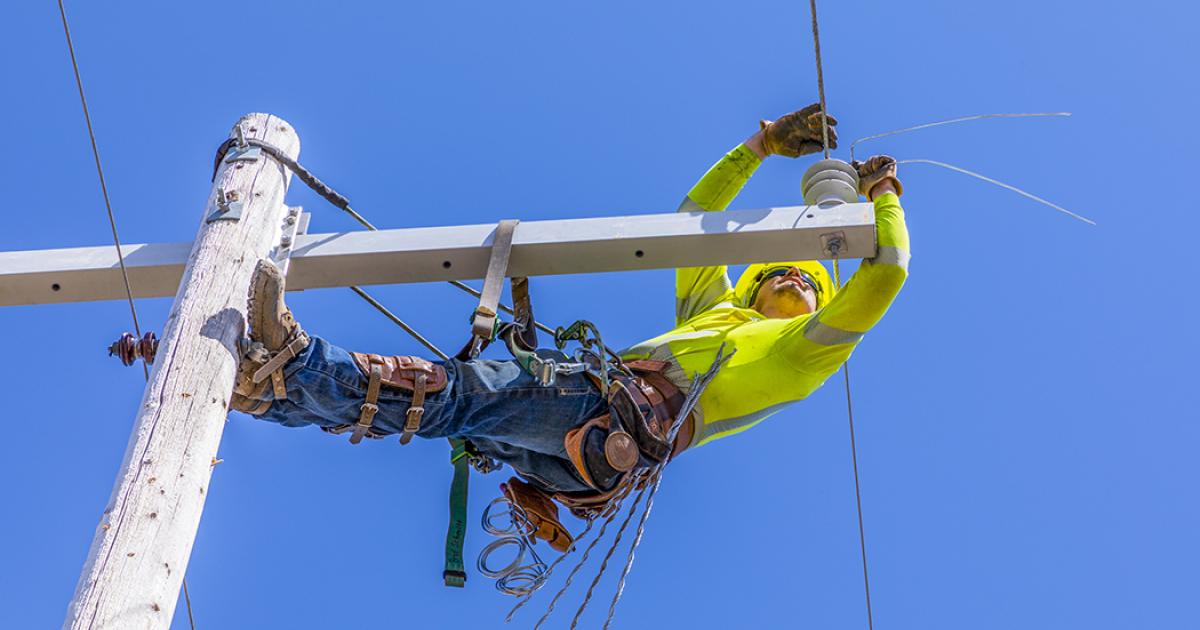Each year, 24% of weather-related vehicle crashes occur on snowy, slushy or icy pavement and 15% happen during snowfall or sleet, the Federal Highway Administration reports. North Dakotans can help mitigate risks posed by severe weather by following these winter driving best practices.
1. KNOW BEFORE YOU GO.
Check road conditions before you travel. Review the North Dakota Travel Information Map online (https://travel.dot.nd.gov), download the ND Roads app to your smartphone or call 511. If traveling to another state, check that state’s travel map. Let someone know when you depart, your route and expected arrival time.
2. Slow down.
Never use cruise control in wet, icy or snow-covered road conditions. Slow down and increase following distance. Turn on your headlights.
3. Get the feel of the roadway.
Try your brakes while driving slowly and adjust your speed to how much traction you have. Remember on bridges and shaded spots, frost and ice form quicker and are retained longer than the rest of the roadway.
4. Use caution when passing.
Passing trucks may create snow fog, which greatly reduces visibility. Look ahead for curves in the road and behind for following vehicles. Remember: Don’t crowd the plow! Be extremely cautious when passing a snowplow, which can be moved sideways by drifts and hard snowpack.
5. Increase distances.
Stopping on slippery surfaces requires longer visibility, following and stopping distances. You should also know if your vehicle has antilock brakes.
6. If stranded, stay with the vehicle!
Most deaths in this scenario occur when people leave their vehicles and get lost. Run the engine sparingly, if possible (start with 15 minutes every hour and adjust if needed), and open the windows slightly to avoid carbon monoxide poisoning. If the cold is extreme, it may be necessary to keep the engine running continuously, as it may not restart once shut off.
7. Be prepared.
Ensure you have a winter survival kit. Dress according to weather conditions. Do not leave without a full fuel tank. Carry a cellphone.
8. Stay home.
Consider whether the travel is necessary. (Tip: Ask a friend or family member what they think, too.) Only leave home if it is necessary. Even if you can drive well in bad weather, it’s better to avoid taking unnecessary risks.
While many North Dakotans are winter driving pros, many others on the roadway are not. Long-haul truckers, for example, may be from warmer climates and ill-prepared for winter weather and poor road conditions. Remember these winter driving tips and put safety first this season.
___
Cally Peterson is editor of North Dakota Living. She can be reached at cpeterson@ndarec.com.

WINTER SURVIVAL KIT
1. Jumper cables
2. Small shovel (and some sand or cat litter for traction)
3. Flashlight and extra batteries
4. Flares or reflective triangles, something red or orange, and a whistle to signal for help
5. Cellphone and charger
6. Coffee can furnace (the candle generates heat) and matches
7. Carpet strips (for traction under wheels)
8. Boots
9. Ice scraper and brush
10. Newspapers (great insulation when placed between skin and clothing)
11. Tools
12. First-aid kit
13. Food (non-perishable, such as unsalted, canned nuts, dried fruits, granola bars or beef jerky)
14. Blanket
Source: Vision Zero North Dakota











